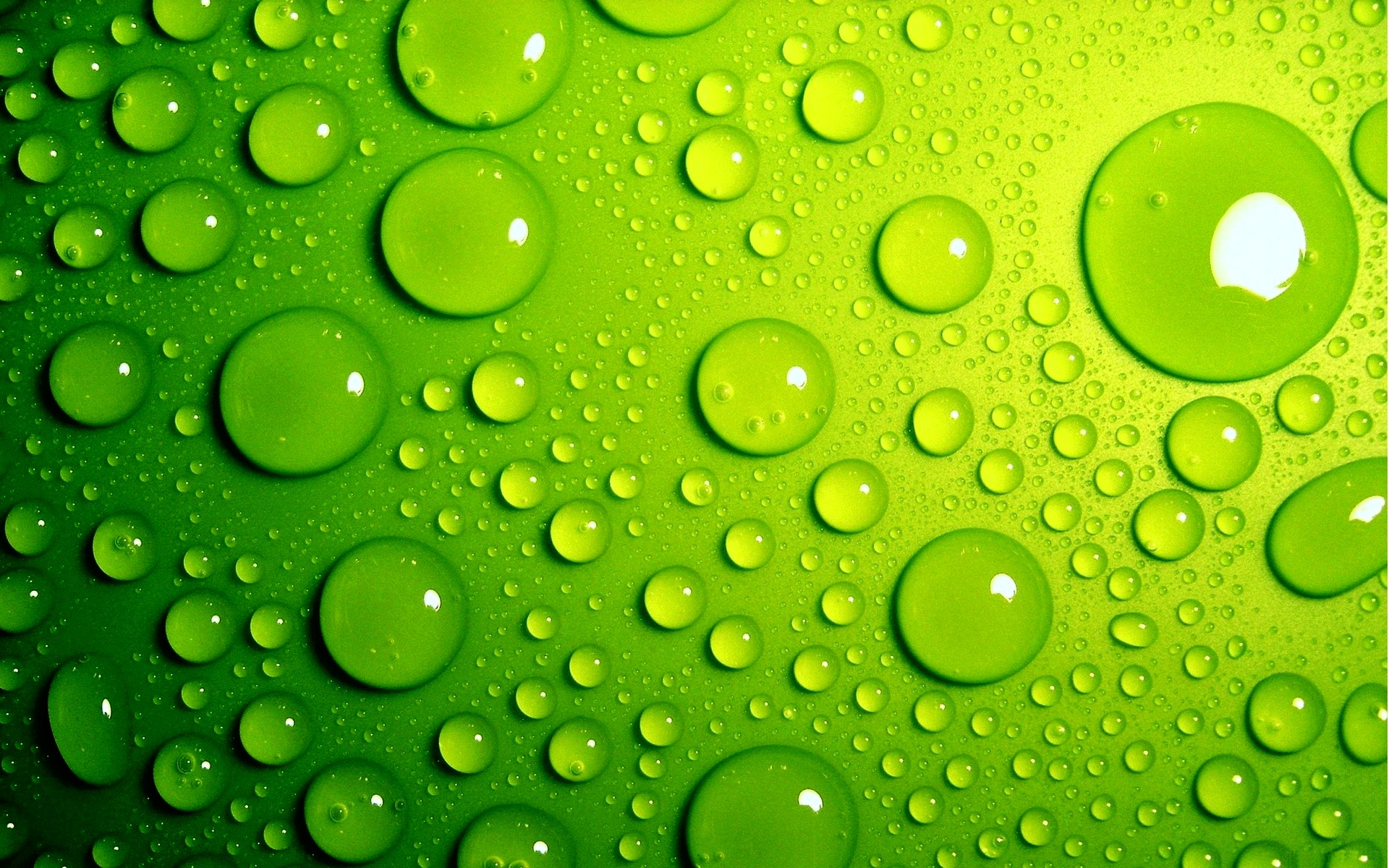The Green Head Duck: A Glimpse Into The Mallard's World
There's something truly captivating about spotting a green head duck, isn't there? That amazing, almost shimmering green on the male's head just pops, a brilliant flash of color against the water or the shoreline. It's a familiar sight for many, a common visitor to our local ponds and waterways, and yet, it always manages to catch your eye, a little bit like a jewel in the wild.
You know, these ducks, which we mostly call Mallards, are pretty much everywhere. They're incredibly adaptable, making themselves at home in so many different watery spots, from quiet streams to busy city parks. They're a big part of the natural world around us, and actually, they often bring a sense of calm and connection to nature, even in urban settings.
So, if you've ever wondered more about these charming birds with their distinctive green heads, you're in the right place. We're going to explore what makes them so special, where they like to hang out, what they enjoy eating, and how we can all appreciate them responsibly, and stuff.
- Meet Quincy Jones 7 Kids Who Are
- Who Is Kevin Bacon S Son Travis
- Thomas Flohr Net Worth How Rich Is
- Dekenta Parchman Michigan Man 30 Who Tortured
- Dr Cade Hunzeker Cause And Death How
Table of Contents
- Meet the Green Head Duck: An Introduction
- Where Do These Ducks Call Home?
- What's on the Menu for a Green Head Duck?
- Life Cycle and Family Fun
- Observing Green Head Ducks Responsibly
- Frequently Asked Questions About Green Head Ducks
Meet the Green Head Duck: An Introduction
When people talk about a "green head duck," they're almost always referring to the male Mallard, you know, the drakes. These birds are pretty much the poster children for ducks everywhere, and their striking appearance is a big reason why. The female, or hen, has a more subdued, mottled brown plumage, which helps her blend into her surroundings while nesting. It’s a classic example of nature's clever designs, actually.
What Makes Them Stand Out?
The male Mallard's head is what truly makes it distinctive. It's not just green; it's an iridescent, shimmering green that can look almost black in some lights, then flash a brilliant emerald or bottle green when the sun hits it just right. This amazing color is, as a matter of fact, a perfect example of how green is a dominant color in nature, symbolizing the richness of natural environments. Their bright yellow-orange bill, a white collar ring, and a chestnut-brown chest complete the look, making them quite easy to identify. Their bodies are mostly gray, with some dark curled feathers on their tail, kind of fancy, if you ask me.
The female, by contrast, is mostly brown, with some darker streaks, which helps her stay hidden. She has an orange bill that often has some dark markings. Both sexes, however, have a patch of iridescent blue-purple feathers on their wings, called a speculum, bordered by white. This little bit of color is visible when they fly or stretch their wings, and it's pretty much a unique identifier for them, you know.
- Maureen Kelly Bio Wiki Age Height Family
- Is Tyler Langford Based On A Real
- Paula Harwood Bio Net Worth Height Career
- Few Untold Truth About Masters Of Flip
- Janelle Is Better Youtube Star Detailed Bio
A Familiar Sight in Our Neighborhoods
Mallards are arguably one of the most widespread duck species in the world. They've adapted incredibly well to living alongside people, which is why you can spot them in almost any park with a pond, a local river, or even a golf course. They're just so comfortable around us, it's really quite something. This adaptability means that whether you're taking a stroll through a quiet natural area or just enjoying a bit of green space in a subdivision like Wedgwood Green, there's a good chance you'll see these charming birds dabbling in the water, or perhaps waddling about on the grass, you know, just being ducks.
Where Do These Ducks Call Home?
These green head ducks are, basically, incredibly versatile when it comes to choosing a place to live. They're found across North America, Europe, Asia, and even parts of Africa and Australia. Their widespread presence is a testament to their ability to thrive in a wide variety of environments, which is actually pretty amazing, right?
Preferred Habitats
Mallards prefer shallow, calm water bodies. This includes freshwater marshes, ponds, lakes, rivers, and even temporary puddles. They love areas with plenty of vegetation along the edges, which offers cover from predators and good spots for nesting. You'll often find them in urban and suburban parks, where they seem to have figured out that humans often mean easy food, unfortunately. Places like a local park, maybe even one near a place like Wedgwood Park, are ideal for them, as they offer both water and grassy areas for foraging, and stuff.
The presence of lush green environments is, of course, a big draw for them. Green is the color of nature, growth, and it symbolizes the richness of natural environments, which is exactly what these ducks need to thrive. They really do embody that connection to the natural world, in a way, just by being present in these green spaces.
Global Travelers
While many Mallards are residents, staying in the same area year-round, others are migratory. They'll fly south for the winter from colder regions, seeking out open water and more abundant food sources. This annual journey can cover vast distances, but they often return to the same breeding grounds each spring. It's a pretty remarkable feat of navigation, honestly, considering they do it year after year, just following their instincts.
What's on the Menu for a Green Head Duck?
Green head ducks are, you know, not particularly picky eaters, which is another reason for their success. They're dabbling ducks, meaning they feed by tipping their bodies forward in the water, keeping their tails in the air, and sifting through mud and vegetation with their bills. They don't usually dive completely underwater for food, which is pretty characteristic of their feeding style.
An Omnivore's Delight
Their diet is incredibly varied, basically. They eat a lot of plant material, like seeds, roots, and aquatic vegetation. But they also enjoy insects, snails, worms, small crustaceans, and even tiny fish. If you've ever seen them foraging in a shallow pond, they're pretty much just sifting through everything, looking for anything edible. They're opportunists, to be honest, taking advantage of whatever food is readily available in their habitat. So, for instance, you might see them eating something like brown rice if it were offered in a suitable environment, though that's not their natural fare.
Helping Our Feathered Friends
While it might seem kind and fun to feed ducks, it's actually not the best thing for them, generally speaking. Foods like bread, crackers, and other human snacks don't offer them the nutrition they need, and can even lead to health problems. It's kind of like giving a child only candy, you know? It tastes good, but it's not good for them in the long run. Plus, too much feeding can make them dependent on humans, lose their natural foraging skills, and lead to overcrowding and water pollution. If you really want to offer them something, unsalted birdseed, oats, or defrosted frozen peas are better options, but even then, it's best to let them find their own food, honestly. Our goal should be to help them live a low impact lifestyle in their natural habitat, not to change their diet.
Life Cycle and Family Fun
The life of a green head duck follows a pretty clear pattern through the seasons, especially when it comes to raising their young. It's a fascinating process to observe, if you get the chance, you know, seeing the little ducklings follow their mother.
Courtship and Nesting
Courtship for Mallards usually begins in the fall and continues into early spring. The males perform various displays to attract females, bobbing their heads and making specific calls. Once a pair forms, the female will build a nest, typically on the ground in dense vegetation near water. She might use grasses, reeds, and even her own down feathers to line it, making a cozy spot for her eggs. She'll lay anywhere from 5 to 15 eggs, usually one per day, and then incubate them for about 28 days. It's a pretty quiet time for her, just sitting there, waiting for the little ones to hatch.
Raising Ducklings
Once the ducklings hatch, they're precocial, which means they're covered in down and can walk and swim almost immediately. They'll follow their mother to water within hours of hatching. The female Mallard is a very protective parent, guiding her brood to food and keeping them safe from predators. The ducklings grow quickly, feeding on insects and small aquatic invertebrates. They'll be ready to fly in about 50 to 60 days, at which point they become independent. It's amazing to see how fast they grow, honestly, from tiny fluff balls to flying birds in just a couple of months.
Observing Green Head Ducks Responsibly
Watching green head ducks can be a really peaceful and rewarding experience. They're so common that you don't usually have to go far to find them, and their behaviors are often quite entertaining to observe. Just remember, it's important to be respectful of their space and their natural way of life, you know?
Best Practices for Bird Watching
When you're out looking for ducks, or any wildlife for that matter, try to keep a respectful distance. This means not approaching them too closely, especially if they have young. Loud noises or sudden movements can scare them, causing them unnecessary stress. A good pair of binoculars can help you get a closer look without disturbing them. Remember, the goal is to observe them in their natural state, not to interact with them directly. It's pretty much about enjoying their presence without interfering, alright?
Many cities, like Madison, Wisconsin, for example, are working on initiatives like Vision Zero action plans, which prioritize safety for all users in public spaces, including wildlife. This kind of thinking helps create environments where both people and animals can coexist more safely, which is definitely a good thing. You can learn more about wildlife conservation on sites like the U.S. Fish and Wildlife Service, and stuff.
Contributing to Their Well-being
Beyond responsible viewing, there are other ways you can help green head ducks thrive. Keeping local waterways clean is a big one. Litter, especially plastic, can be dangerous for ducks and other wildlife. Supporting local conservation efforts or organizations that protect wetlands and natural habitats also makes a big difference. Remember, green symbolizes good health and it’s also a healing color, offering a balance in nature, and contributing to healthy environments helps maintain that balance for these birds, you know. You can also learn more about responsible wildlife interaction on our site, and link to this page here.
Frequently Asked Questions About Green Head Ducks
What kind of duck has a green head?
The duck most commonly known for its green head is the male Mallard. This iridescent green is a distinctive feature that makes them very recognizable, pretty much anywhere you go, actually.
Where do green head ducks live?
Green head ducks, or Mallards, are incredibly adaptable and live in a wide variety of freshwater habitats across North America, Europe, Asia, and parts of Africa and Australia. They can be found in marshes, ponds, lakes, rivers, and even urban parks with water features, you know, pretty much wherever there's water.
What do green head ducks eat?
Green head ducks are omnivores, meaning they eat both plant and animal matter. Their diet includes seeds, roots, aquatic vegetation, insects, snails, worms, and small crustaceans. They basically dabble in shallow water to find their food, sifting through mud and plants, you know, for anything edible.
So, next time you see that familiar flash of green, take a moment to appreciate the amazing green head duck. They're a wonderful part of our natural world, and seeing them just brings a little bit of joy, doesn't it?
- Jordan Hill Net Worth Age Height Bio
- Rosie Langley Height Weight Net Worth Age
- Where Is Lorraine Taylor Now Is Lorraine
- Get To Know Tiania Haneline Her Boyfriend
- Brantley Gilbert Age Net Worth Kids Weight

Green - Green Photo (31012786) - Fanpop

Solid Green Wallpaper (67+ images)

Green Gradient Background Free Stock Photo - Public Domain Pictures